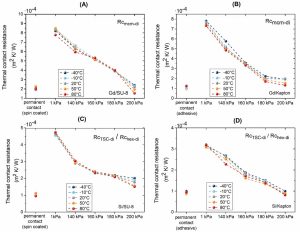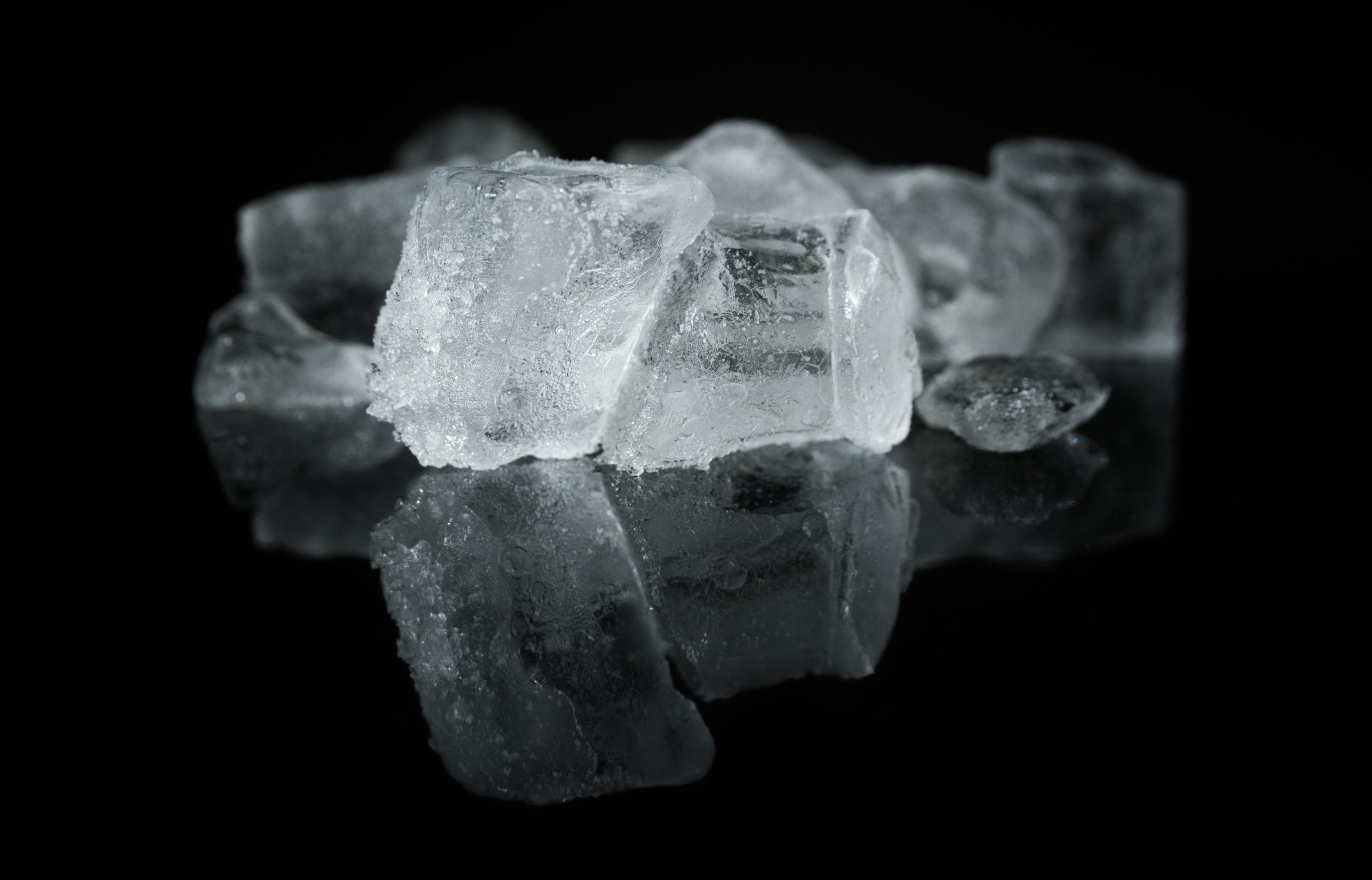Researchers at the Laboratory for Refrigeration and District (LAHDE, Process Engineering), in collaboration with researchers from the Laboratory for Tribology and interface nanotechnology (TINT), have conducted a comprehensive study of the thermal properties of thermal switch capacitors used in magnetocaloric devices. The research results were published in the Journal of Physics: Energy (IF = 7,528).
Most existing magnetocaloric devices use active caloric regeneration, in which the working fluid oscillates through the matrix of the caloric material (active magnetocaloric regeneration). This is associated with irreversible viscosity and heat transfer losses, as well as high energy consumption for pumping the working fluid, which limits the operating frequency and associated power density of the device. The use of thermal control devices (thermal switches, thermal diodes, thermal capacitors) could improve the performance of caloric devices in high-frequency operation (number of thermodynamic cycles per unit time), which is crucial for increasing the power density (compactness).

Figure: Comparison of TCRs for samples bonded by spin coating or by adhesive and samples in direct contact under different pressures and different temperatures for (A) Gd/SU-8, (B) Gd/Kapton, (C) Si/SU-8, (D) Si/Kapton.
Their research focused on the experimental characterization of the thermal contact resistance, a crucial parameter that significantly affects the thermal performance of the mechanical thermal switch capacitor. In the mentioned study, the researchers experimentally characterized the thermal contact resistance between the elements in contact at different pressure loads and temperatures. The experimental results of thermal properties and thermal contact resistance were used for numerical evaluation of the thermal switch capacitor in the magnetocaloric device. The results show that the device can achieve a cooling power density of 970 W m-2 at an operating frequency of 5 Hz under the selected conditions.
Link to the article: https://iopscience.iop.org/article/10.1088/2515-7655/ace288.
